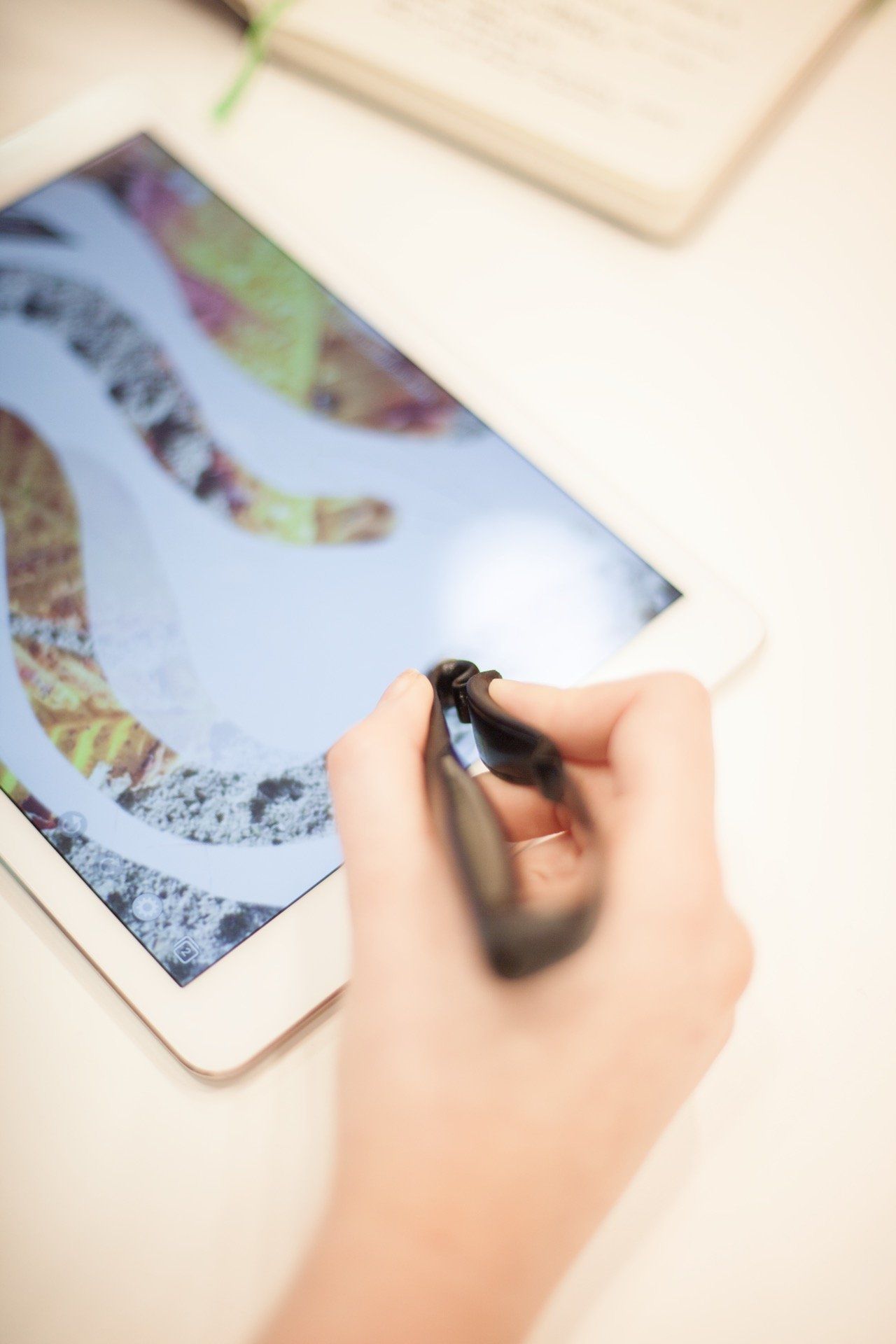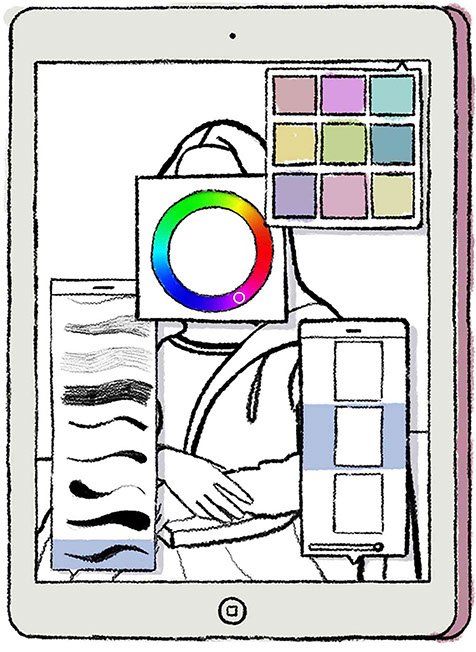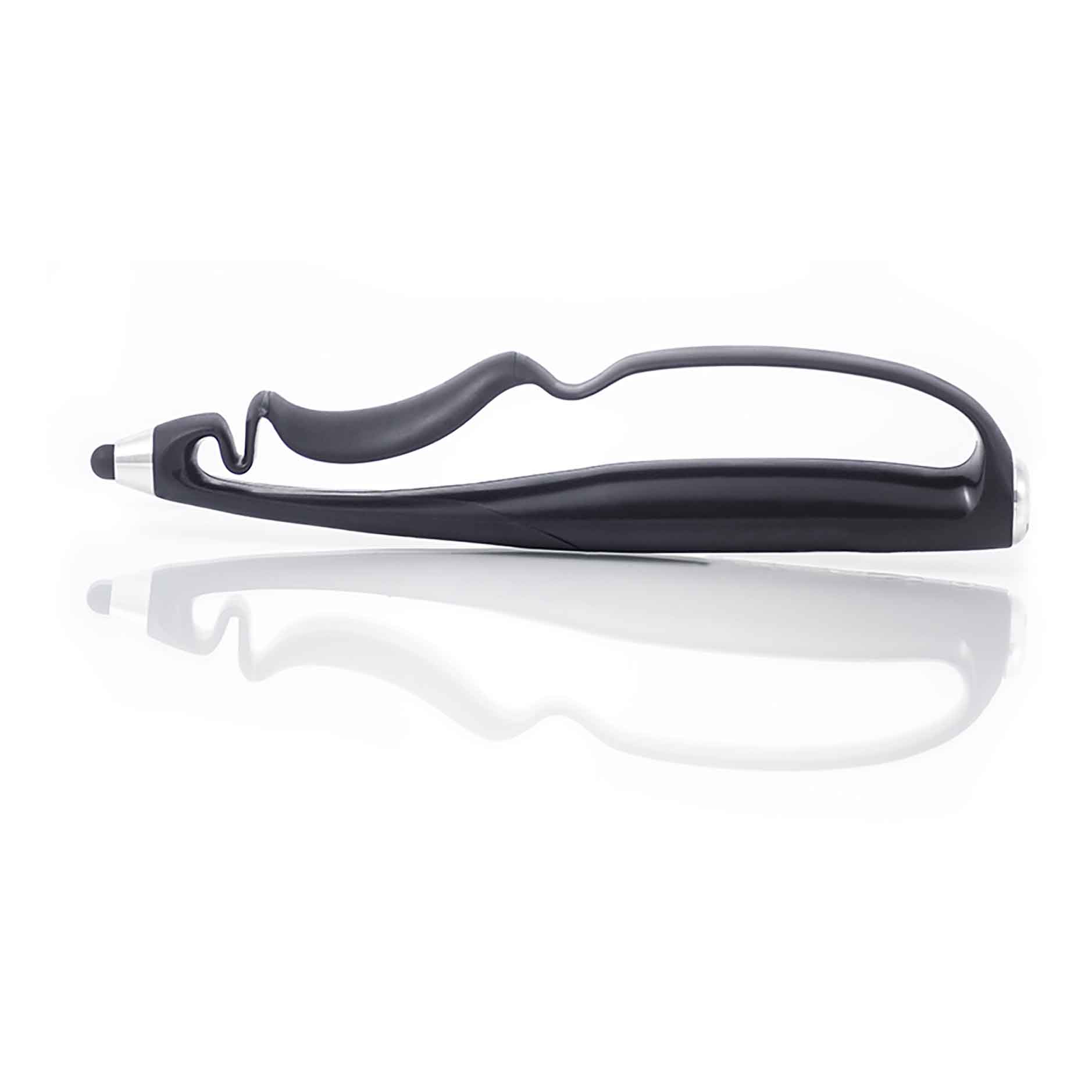An Uncomfortable Experience: Drawing With a Reliance on Menus
Website Editor • February 26, 2020
Art and the Digital World
Drawing and painting are some of the oldest art forms in human history. From cave drawings to comic books, we always loved being able to recreate and re-imagine our world with 2D images. And in today’s world, almost everything has made the transition from analogue to digital - even art.
While it may feel less organic at times, the pros of digital sketching are abundant. Clean up and delivery of artwork is easier than ever when you draw directly in the computer. The blessed “undo” feature means you never have to crumple up your paper and start over. For some artists, when used right, digital art is just faster, offering more momentum and speed and a higher quality product.

The Flaw In Digital Drawing
“When you draw on a paper, you have the maximum control over the medium that you use. There is only the brush or the pen between the artist and the work, nothing “strange”, nothing electronic.” (source)
There are some downsides to creating digital art. Most notably is the inorganic and jerky workflow that comes with digital drawing, sketching and painting. Every time you need to change colours, brush sizes, textures, transparencies and more, you have to stop drawing and adjust your settings via menus and buttons.
Drawing this way removes the artist from the art. The creativity does not flow as smoothly. Instead of just picking up a stylus and beginning to draw, the artist must first learn how to use new digital programs. The artist, whose main purpose is to create, must stop frequently and recall binary electronic information, constantly switching between the left and right portions of their brain in order to combine artistic talent and digital processes.
The Stylus
While the handy stylus fits in the hand like a brush or pencil, it often yields little of the same result on its own. The computer is what creates pressure, width and texture, whereas a real brush or pencil gives you total control over these factors. A stylus simply is not an extension of your hand as a brush is, due to the reliance on menus and buttons to achieve what a simple squeeze of the fingers could normally.
Despite the flaws in the relationship between artist, stylus and computer, digital art is here to stay. In truth, a computer in the hands of a skilled artist can become an incredibly powerful tool. So how do we resolve this disconnect?
It’s called Scriba. What makes it better than a regular run-of-the-mill stylus?
It is ergonomically designed to fit your hand, either right or left. As opposed to a simple stick like your normal stylus, Scriba has a flexible body that bends with “squeeze-motion” technology, increasing the amount of control you have and igniting the creative experience.
It captures the natural movements and squeezes your hand makes, allowing you to adjust things like brush size the way you would with a normal brush.It eliminates the need for referring to menus and buttons with haptic feedback, integrating seamlessly with whatever app or program you use to work in real time.
And the icing on the cake: ten times more battery life than any other stylus on the market today.
Eliminate the need for menus and buttons. Keep yourself immersed in your artwork by bringing style to ergonomic design.
Articles

The United Nations has described the disruption to education caused by the pandemic as ‘unparalleled’. At the virus’ worldwide peak in April, it is estimated that over 90% of all enrolled learners, from kindergarten to bachelors and beyond, had their education affected by school closures and the pandemic (UNESCO). For many university students and older children, they have had to adapt quickly to online learning. They can keep in touch with their peers and teachers online and continue their studies, albeit in a highly modified way. As challenging as this may be, this experience will help equip them for a future that is increasingly online. For parents of younger children, they are assuming a new role: their child’s home school teacher. This is in addition to their usual childcare and household duties, their work responsibilities and often emotional and financial worries caused by the pandemic. Stressful? Yes. The good, and somewhat surprising, news? The experts advise that you don’t teach your children - at least not in the way you might expect.

If the recent outbreak of Covid-19 has taught us anything, it's that many adults do not wash their hands effectively. It has never been more important that we support our children to develop good personal hygiene to keep themselves and our families safe. This seemingly easy task can be very difficult for children with fine motor skill difficulties. In this article, we explore some ideas to support your child with hand washing.

Lockdown has brought the digital future into the now. Online shopping, entertainment, education and more have moved from the periphery to the mainstream to, in many cases, the only option. With the necessity of social distancing looking to continue for many months, it appears that this rapid digital revolution is here to stay. This means that life as we know it, in most of its sectors, has changed forever. In order to survive, businesses are having to adapt rapidly, embrace technology and look to the future. Architecture is no exception. There has been a widespread adoption of technology and VR over the past few months in response to the lockdown across all of society. Elderly grandparents who were once resistant to adopt new technologies talk of “Zooming” and have started video chatting with their family members to combat loneliness. Art galleries that were once considered stuffy or pretentious are now pioneers in VR technology, with Google Art & Culture offering tours of London’s National Gallery or the Musee D’Orsay in Paris. These virtual tours deliver art in a dynamic new way that can be far more engaging than regular photos. Critics have applauded the panoramic and immersive views of gallery building and exhibitions which work well for rendering of 2 dimensional art, however impressions of sculpture is somewhat lacklustre. With VR technology, users can enjoy a truly immersive experience in the comforts, and safety, of their own home. The COVID-19 pandemic has served as an accelerant for the arts and entertainment industries to embrace VR.





